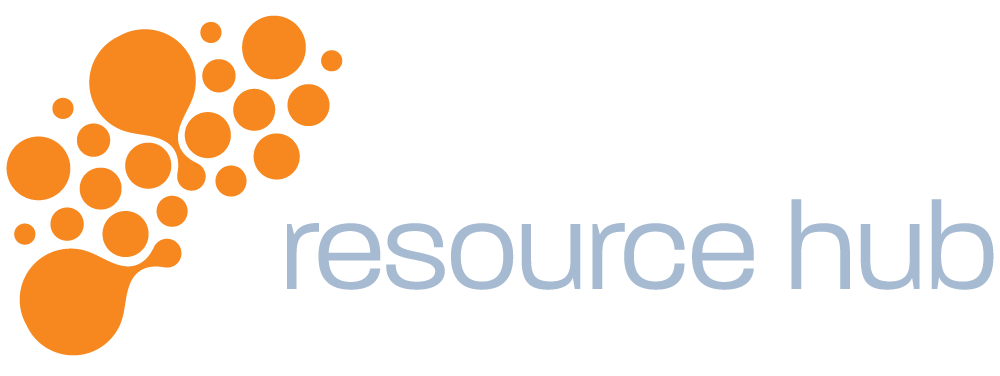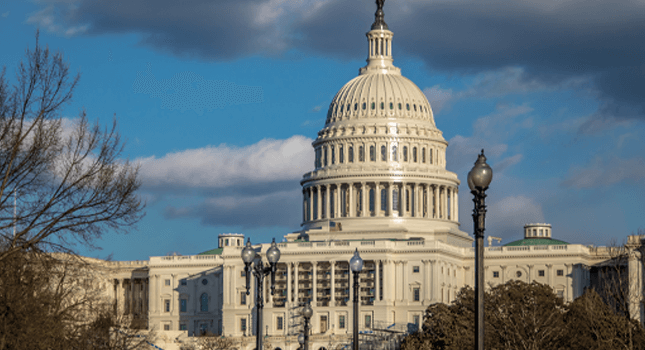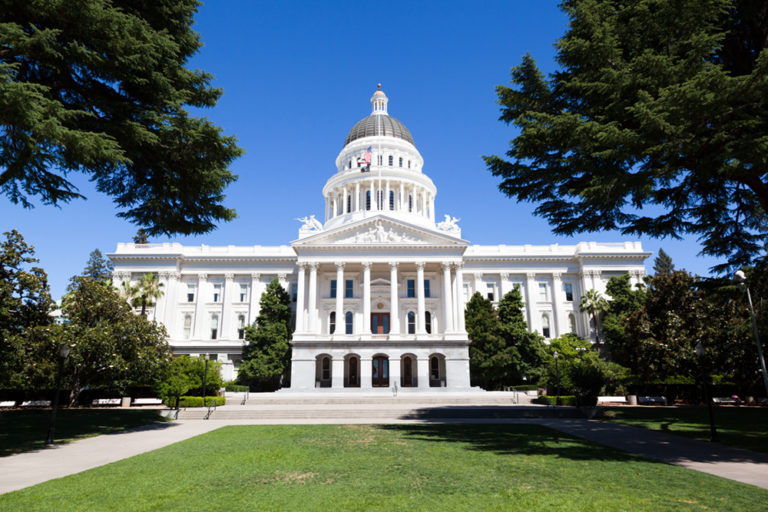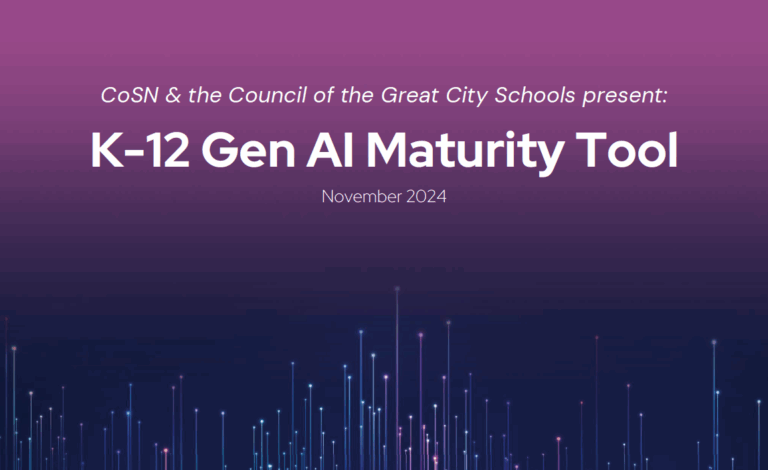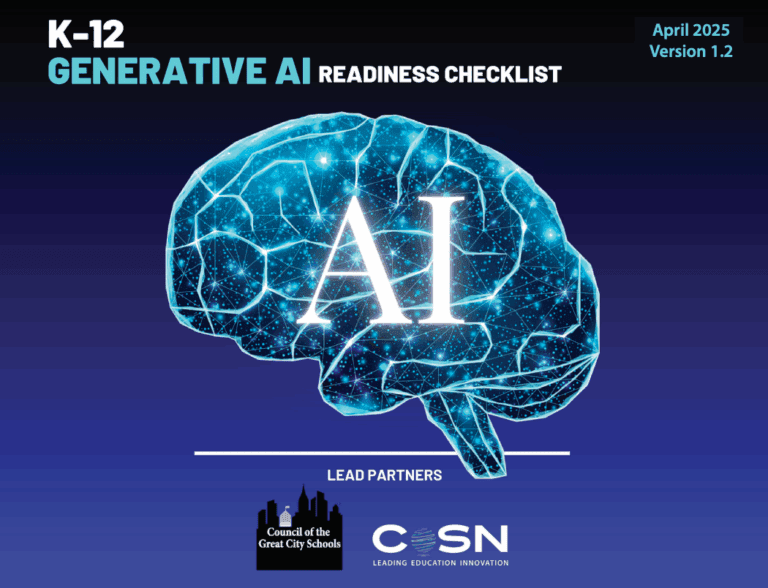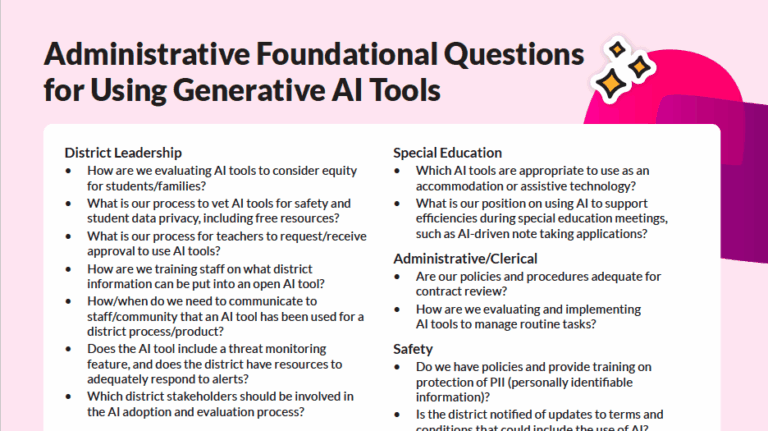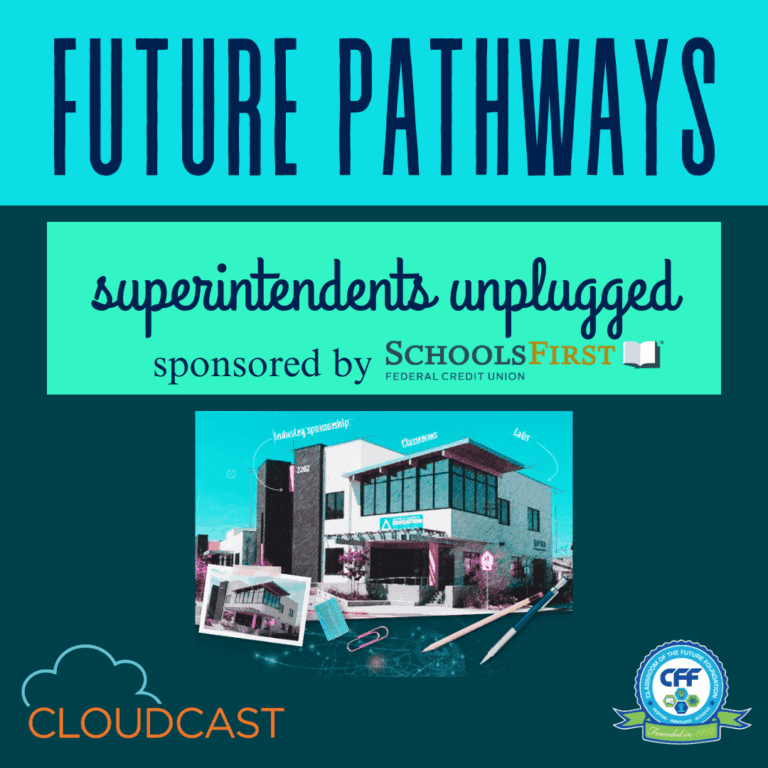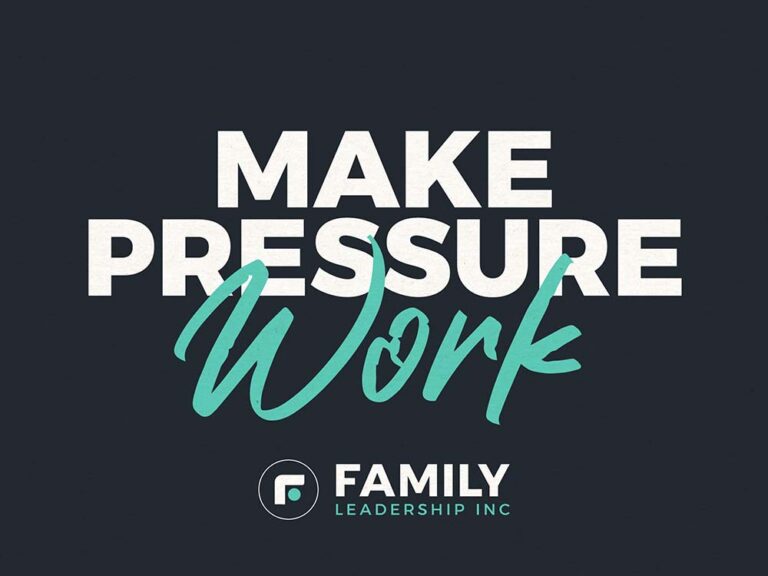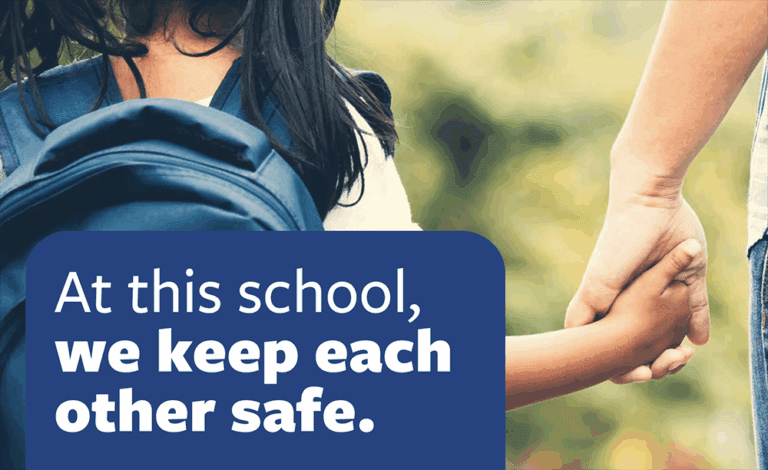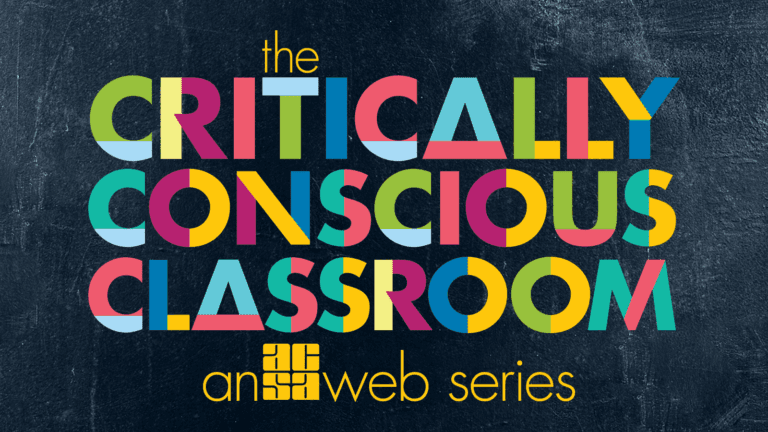
A defense of keeping diverse literature and materials in our classrooms
By Michael Tapia
Imagine growing up during a time frame when people who look like your family and you are not regularly seen on television or the Big Screen, and when they do appear, they are presented as stereotypes. When advertisements with people in magazines, newspapers and other media are exclusively white. When the world of politics, business, science, and nearly every aspect of American society is mostly absent of people of color. When your literature or reading primers have characters with names like Jane, Billy and Jack but no one named Miguel, Isamu, or Anoosha. When your history, math, and science books fail to include accurate portrayals or contributions of people of color, women and other marginalized communities. When all your teachers are Caucasian and administrators are only white males. And, of course, when only people of the “opposite sex” are romantically involved or married, and in most cases, must be of the same race/ethnicity.
This is not an introduction to an episode of the “Twilight Zone,” but, rather, the time frame during which I grew up in California as a Mexican American child and elementary student in the late 1950s and early 1960s, many decades before the evolution of the diversity, equity and inclusion efforts that we have adopted today in our schools and educational systems. And while some may be too young to remember or recognize the time frame of my childhood, it represents a period during the Black Civil Rights Movement in the U.S. that later evolved to include multiple marginalized communities over time, leading to the expansion of representation, visibility, presence, and voice not just in the United States but around the world.
According to 2024-25 enrollment data from the CDE, we have roughly 5.8 million students in our schools. Based on race/ethnicity, 56 percent are Latino, followed by 20 percent white, 10.1 percent Asian, 4.9 percent African American, 4.8 percent 2 or more races, 2.2 percent Filipino, 0.4 percent American Indian, and 0.4 percent Pacific Islander. Roughly 21 percent are English Learners with over 200 home languages and close to 900,000 students are in Special Education. Based on estimates from the Williams Institute at UCLA, roughly 500,000 of California middle and high school students identify as LGBTQ.
As dedicated educators, we have made strong efforts to recognize the needs of our diverse student bodies, acknowledging their intersecting identities assisted by our state’s policies advocating diversity, equity and inclusion. Whether through our respective districts’ mission/vision statements, guiding principles, or stated values, we pledge to support the educational experience of all students that attend our schools, transcending race, ethnicity, religion, socioeconomic, ability/disability, language, sexual orientation and gender identity. In addition to our cognizance of this diversity, we also acknowledge that student learning and success don’t occur in a vacuum. We recognize that children cannot learn if they are not seen, heard, and respected for who they are.
In today’s political climate, beyond remaining steadfast in our commitment to DEI because it’s aligned with our own values and those of the state of California, we need to continue our efforts to improve our practices while refining our messaging to students, staff, parents and communities. We must be transparent in our efforts towards equity and inclusion, employ data to guide our educational practices and policies, and recognize the real impacts of our actions/inactions on students, staff and families. We must continue to address bias in all aspects of our educational system from grading systems to student discipline, from academic expectations to student perceptions, and beyond. In addition, it’s important for educators to remember our DEI efforts are encouraged by the California Department of Education through the many related laws enacted in the last 10-15 years and clear guidance regarding school curriculum.
Students with a strong sense of belonging in school perform better academically; conversely, when students don’t feel they belong, their learning suffers. And the impact of belonging extends beyond academics: it impacts well-being (Fisher/Frey, 2024).
Even though it may seem like common sense, there are also numerous studies demonstrating that when students of all ages feel like they are a part of their community, they are more likely to thrive. Unfortunately, many students do not feel a sense of belonging. Also, students from historically marginalized groups such as those who identify as gender diverse, girls/women, or Black, experience an even more acute lack of belonging. Among tThe steps we may take to create school climates where students feel more connected include providing opportunities for students to develop relationships with staff, building peer connections, including student voice in policy decisions, and offering a curriculum that recognizes diverse identities (Clark Pope, 2025).
As you look at your curriculum, consider whether the literature and other materials provided in the classroom and school libraries provide adequate mirrors and windows for your students. Consider that in 2018, the Cooperative Children’s Book Center at the School of Education, University of Wisconsin-Madison reviewed over 3,000 children’s books for their racial/ethnic representation content. Here is the general breakdown of these books: 23 percent People of Color; 27 percent Animals/Other; 50 percent White. Please note that the Animals/Other group had more representation than all the categories combined for people of color (Edith Campbell, et. al., 2019) and that half of the books represented Whites. Why is this a concern? Consider the following:
“Children from dominant social groups have always found their mirrors in books, but, they, too, have suffered from the lack of availability of books about others … They need books that will help them understand the multicultural nature of the world they live in … If they see only themselves, they will grow up with an exaggerated sense of their own importance and value in the world — a dangerous ethnocentrism.” (Rudine Sims Bishop, 1990)
Why should a collection of literature that represents diverse identities matter? Consider its impact on student achievement:
- Access to culturally diverse children’s literature in classroom instruction and libraries is critical for literacy achievement and motivation. (Feger, 2006)
- McCullough (2008) found that students’ reading comprehension increased when reading culturally relevant materials.
- Teale and Gambrell (2007) found that the significant contribution of high-quality responsive texts was an integral part of a literacy curriculum innovation that increased achievement.
- These studies point to the importance of further examining classroom libraries for access to culturally diverse children’s literature.
The Handbook of Research on Literacy and Diversity posits that engagement is critical for literacy success. “Teachers and librarians repeatedly note that representative literature encourages engagement in learning. Indeed, engagement is a key predictor of overall academic success. Using literature with more diverse authors, characters and stories should be considered for inclusion in classrooms.” (Resilient Educators, 2020).
“Rich possibilities for pedagogy can emerge from literature collections in which all cultures are encompassed, none are excluded, and the site of cross-connections and nuance become the critical points to drive home … We are suggesting a more expansive approach to literature selection that can redesign and ultimately redefine the narratives and literature types that compose the classroom library and support literacy instruction…Diversity in literature reflects a dynamic intersection of race, ethnicity, gender, sexual orientation, ability, economic condition, religion, and more.” (Angie Zapata, et. al., 2018)
Since the time frame of the 2018 study cited previously, the availability of books representing a broad spectrum of diversity has greatly expanded, giving educators a plethora of options from which to choose as they implement a more inclusive curriculum. One of the many sources for these titles is teachingreading.com, offering award– winning booklists and related resources focusing on a variety of race, ethnicity, ability/disability, socioeconomic, and gender identity/sexual orientation groups.
Two California laws that specifically support the use of materials representing diverse student identities are SB 48 and AB 1078. SB 48, also known as the FAIR Act, requires “the inclusion of the roles of men and women, Native Americans, African Americans, Mexican Americans, Pacific Islanders, European Americans, LGBT persons, persons with disabilities and members of other ethnic groups to the economic, political, and social development of California and the United States of America” (CDE, 2020). AB 1078 disallows the banning of diverse textbooks and curricular materials aligned with state standards (oag.ca.gov, 2024). Essentially, it’s a ban on book bans in California schools, providing educators with the freedom to include culturally relevant instructional materials reflecting our diverse students’ identities.

Despite some very progressive pro-LGBTQ+ legislation passed in California since 2012, various studies demonstrate that our LGBTQ+ students continue to face discrimination, harassment, and bullying in our schools affecting their engagement, achievement, and mental health. These common threads are reflected in several studies including WestEd’s Understanding the Experiences of LGBTQ Students in California (2019), GLSEN’s 2021 National School Climate Survey, and the Trevor Project’s 2024 Survey on the Mental Health of Young People. In addition to these reports that reflect student responses, Equality California’s 2024 Safe and Supportive Schools Report Card, providing survey feedback from roughly 150 unified school district leaders across our state, indicates a broad range of challenges regarding the implementation of policies and laws focusing on school climate, inclusive curriculum, transgender/gender expansive/Intersex students, and suicide prevention.
In addition to providing inclusive library collections, there are other actions that leaders may take to make learning spaces more LGBTQ+ inclusive. Many of these adapted and expanded ideas were first suggested many years ago at several ACSA Leadership Summit conferences by ACSA colleague, Dr. Julie Vitale, currently superintendent of the Oceanside USD:
- Demonstrate Verbal and Visual Leadership. Examples: Make sure your actions reflect your stated values; disrupt anti-LGBTQ+ remarks/behavior immediately; promote ally relationships.
- Engage in Inclusive Diversity Work/Professional Learning. Examples: Read related books, guides and professional magazines; attend conferences; access LGBTQ+ resources; participate in mandated training (AB 5).
- Support the Establishment and Success of GSAs at Middle Schools and High Schools. Consider similar support clubs when appropriate at the elementary level; GSAs create safe spaces and empower students.
- Administer the CHKS Core and Supplemental Surveys including the Gender Identity & Sexual Orientation-Based Harassment Module.
- Clear Web Filters. Allow staff and students access to websites such as Trevor Project, Welcoming Schools, GSA Network, Gay Lesbian Straight Education Network (GLSEN).
- Share Local Resources Available for Students, Parents, and/or Staff – Examples:. Parents and Friends of Lesbians and Gays (PFLAG); your local LGBTQ+/LGBTQ+ inclusive community organizations.
- Implement and Enforce LGBTQ+ Supportive Policies and Laws. If your school district is having challenges keeping your BPs up to date with the law, consider using the CSBA as a source of support; remember, without enforcement and implementation, legislation has little value.
Considering recent attacks on transgender/non-binary (TGNB) students in some school districts and influenced by national federal actions and rhetoric, this group of youth is particularly vulnerable and affected negatively. In a 2024 survey of LGBTQ+ youth shared by the Trevor Project, TGNB youth provided responses to “how people in their lives can best show support” in order of importance (top 10 by percentage):
- Trust that I know who I am – 92 percent
- Stand up for me – 85 percent
- Don’t support anti-LGBTQ+ politicians – 84 percent
- Respect my pronouns – 82 percent
- Show support for how I express my gender – 77 percent
- Look up information about LGBTQ+ identities – 69 percent
- Ask questions about LGBTQ+ identities – 62 percent
- Accept my partners – 56 percent
- Have or display Pride flags – 48 percent
- Show support on social media – 45 percent
Disappointingly, a large percentage of these TGNB youth reported minimal support from parents and caregivers with actions such as supporting their gender expression, using their names and pronouns correctly, and respectfully discussing LGBTQ+ issues with them. Ronita Nath, VP of research at the Trevor Project, helped lead a scientific study that found when states pass anti-transgender laws, suicide attempts by TGNB teens ages 13-17 increase up to 72 percent. Though we currently don’t have these kinds of laws in California, this data serves as a rationale for maintaining the strong laws and policies we currently have protecting our TGNB youth.
While most of this article has been focused on diversity, equity, and inclusion in the context of students, the importance of recognizing the need to provide inclusive spaces for district and school staff must be considered and addressed as well. The goals for staff should be similar to student-centered messaging, providing a work environment that also allows staff to feel seen, heard and respected. Recognizing the diversity of school and district personnel while providing explicit staff policies, behavioral expectations, and support structures may go far in making staff feel welcome and better able to do the work necessary to support students. Of course, employing staff that reflects the diversity of the student body has a positive effect on student outcomes, too.
As we continue our work to support our students, it’s important to remember that we are not expected to accomplish this monumental task on our own. Beyond the CDE, we have numerous supports at our disposal from our colleagues at our respective workplaces to the various professional and community organizations to which we may belong. As ACSA members, we are fortunate to have a network of colleagues to help us with our DEI efforts. On ACSA’s website, go to the Diversity Equity Inclusion tab page for a plethora of resources and consider joining one or more of the affinity groups that interest you. ACSA’s Resource Hub is another source of relevant information and materials. As some political forces continue their efforts towards divisiveness and a return to narrow viewpoints of our diverse students and their broad spectrum of needs, we must remain committed to staying the DEI course as a top priority. Let’s consider building coalitions with our colleagues in other professional organizations in our state to provide a united message of students first and justice for all! For the sake of us all, we must not allow anything like the shared scenarios of my childhood to become the norm again — let’s continue moving forward together!
Michael Tapia is a retired principal from Ventura USD.
References
CDE, Accurate and Inclusive Curriculum (AB 1078) Accurate and Inclusive Curriculum (AB 1078) – Curriculum Frameworks & Instructional Materials (CA Dept of Education)
Clark Pope, Denise, et.al., Stressed, Tired and Yearning for Support, Kappan, Spring 2025
Fisher, Douglas and Nancy Frey, What Does It Mean to Belong?, Educational Leadership, ASCD, February 2024
Haupt, Angela, Ronita Nath – Validating LGBTQ+ Youth, Time, May 26, 2025
Ring, Trudy, Are the Kids Alright?, The Advocate, January/February 2025
Stevens, David and Jason Greenburg Motamedi, Increasing Diversity in the Teacher Workforce – The Importance and Potential Impact of Authentic Change, National Center for Educational Statistics, February 8, 2019
Tapia, Michael, Mirrors + windows for every student, Leadership, ACSA, January/February 2021
Vitale, Julie, Creating Schools Where Students and Staff Thrive, ACSA Leadership Summit, 2016 & 2017

